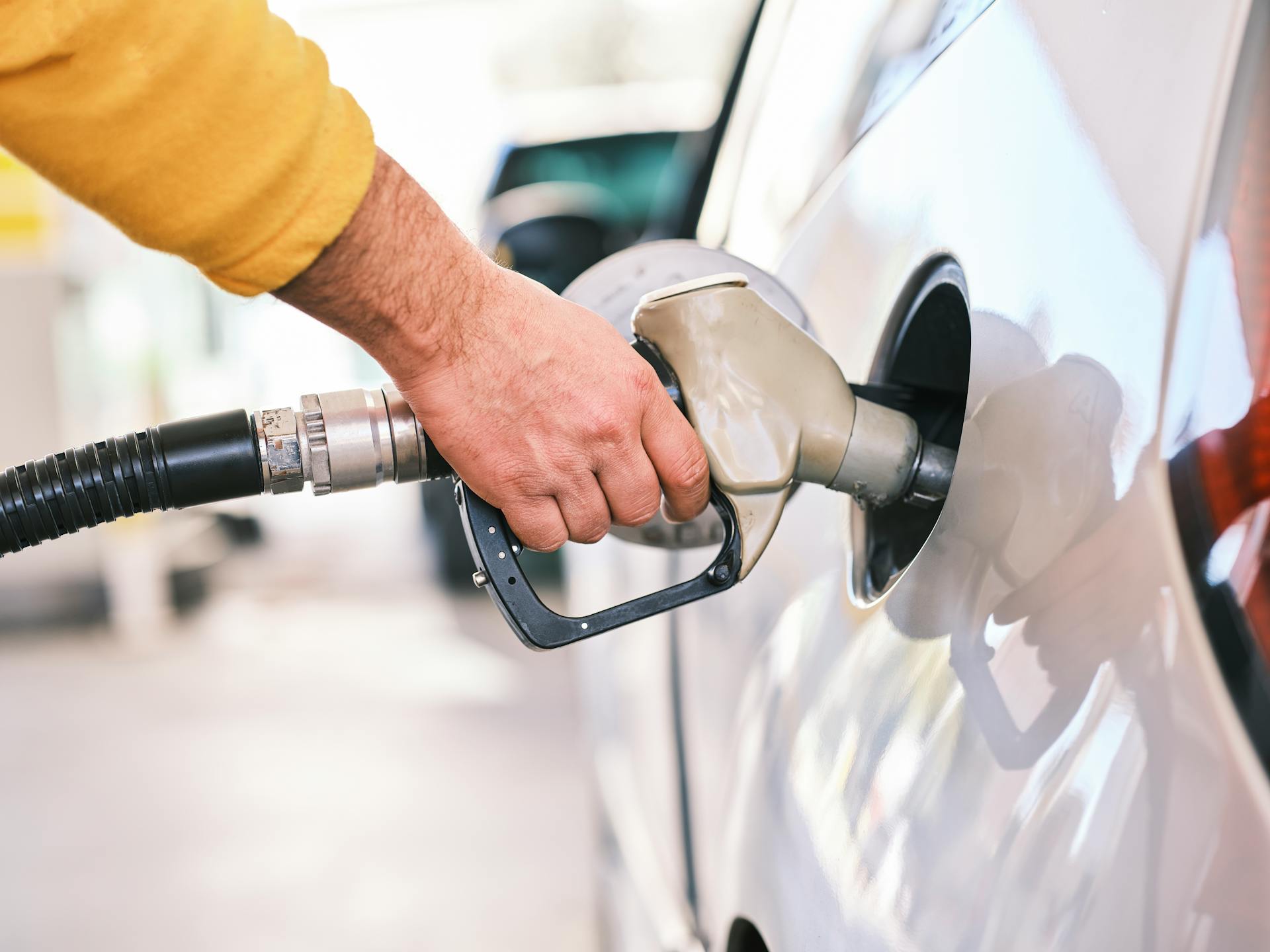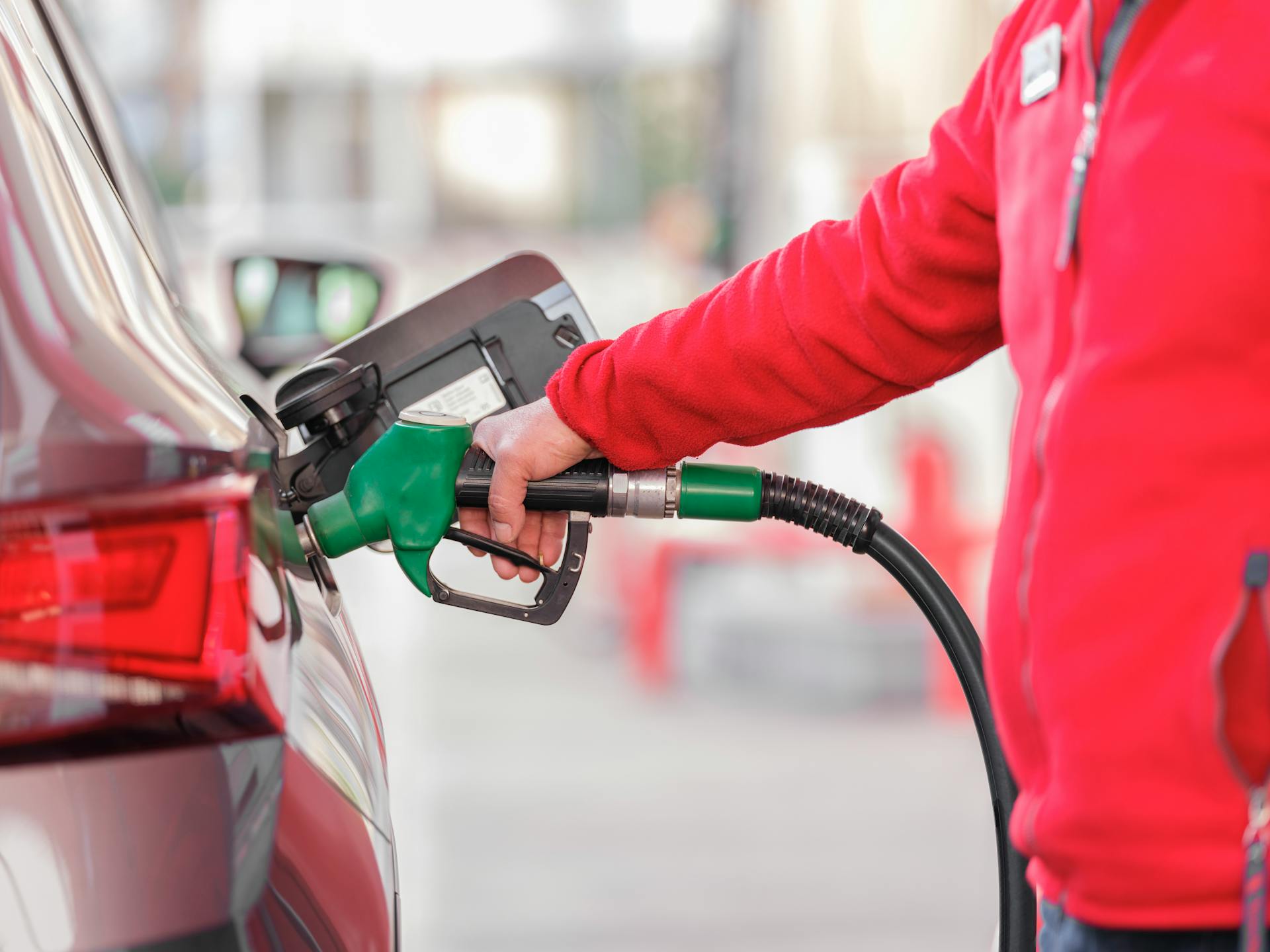Jump starting a car with a battery charger is an effective way to revive a vehicle with a dead battery, especially when a donor vehicle or portable jump starter is unavailable. Unlike traditional jump starting with jumper cables, a battery charger provides a controlled charge to the battery, allowing you to start the car safely. This method is particularly useful in various conditions, including rain (with precautions, as noted in related inquiries), and can be done at home or in a garage.
This guide provides detailed steps to jump start a car using a battery charger, along with safety precautions, time estimates, and tips to ensure a successful process while avoiding damage to the vehicle’s electrical system or battery ($100-$700 in repairs).
What Is a Battery Charger and How Does It Work?
A battery charger is a device that delivers electrical current to a car’s battery, recharging it or providing enough power to start the engine. Modern chargers, priced from $30-$150, often have a “jump start” or “engine start” mode that delivers a high current (e.g., 50-200 amps) to mimic the boost provided by a donor vehicle’s battery. Unlike jumper cables, which rely on another vehicle, a charger uses a power outlet (110-120V AC) to supply electricity.
Chargers come in various types:
-
Manual Chargers: Require monitoring to avoid overcharging.
-
Automatic/Smart Chargers: Adjust current and stop when the battery is charged, safer for beginners.
-
Jump Start Mode Chargers: Deliver a quick, high-amperage boost for immediate starting.
For jump starting, you need a charger with an engine start mode, typically rated 50-100 amps for most cars. These are available at auto stores or online for $50-$150. Always check that the charger is compatible with your car’s 12-volt lead-acid battery.
Equipment Needed
To jump start a car with a battery charger, gather:
-
Battery Charger with Jump Start Mode: Ensure it has a 50-100 amp setting ($50-$150).
-
Extension Cord (Optional): For reaching a power outlet ($10-$30).
-
Insulated Gloves and Safety Glasses: To protect against sparks or acid ($5-$20).
-
Dry Cloth: To clean battery terminals, especially in wet conditions.
-
Multimeter (Optional): To check battery voltage post-jump ($20).
-
Owner’s Manual: For battery location and vehicle-specific instructions.
Safety Precautions
Jump starting with a battery charger involves electrical components and risks, so take these precautions:
-
Turn Off Vehicle Electronics: Ensure the ignition, lights, radio, and accessories are off to prevent electrical surges or damage ($100-$500 repairs).
-
Check Battery Condition: Inspect for cracks, leaks, or corrosion. A damaged battery may be unsafe to charge ($100-$300 replacement).
-
Work in a Well-Ventilated Area: Batteries emit hydrogen gas, which is flammable. Avoid sparks or open flames to prevent fires.
-
Avoid Wet Conditions if Possible: As noted in related inquiries, light rain is manageable with precautions (e.g., dry terminals, cover charger), but avoid heavy rain or standing water to prevent shorts or slips.
-
Use a Grounded Outlet: Ensure the charger plugs into a grounded 110-120V outlet to avoid electrical hazards.
-
Read the Charger Manual: Follow specific instructions for your charger’s jump start mode to avoid incorrect settings.
These precautions minimize risks of injury, electrical damage, or battery failure.
Step-by-Step Guide to Jump Start a Car with a Battery Charger
Follow these steps to jump start a car using a battery charger with an engine start mode. Times are approximate and assume dry conditions unless noted. For wet conditions, add 1-2 minutes for precautions like drying terminals or shielding the charger, per related inquiries.
Step 1: Locate the Battery (1-2 minutes)
Find the car’s battery, typically under the hood, but in some models (e.g., certain BMWs or Audis), it may be in the trunk or under a seat. Check the owner’s manual for location. Ensure the area is accessible and free of debris.
In rain, use a tarp or umbrella to keep the battery dry, adding 1 minute. Ensure stable footing to avoid slipping while working. Proper access speeds up the process and ensures safety.
Step 2: Inspect the Battery and Charger (1-2 minutes)
Check the battery for cracks, leaks, or corrosion on terminals, which could cause shorts or acid spills ($100-$300 cleanup). Wipe terminals with a dry cloth to ensure clean contact. Inspect the charger’s cables and clamps for damage or fraying ($20-$50 replacement).
In wet conditions, add 1 minute to dry terminals thoroughly and cover the charger to protect it from moisture. Confirm the charger is set to 12-volt mode and has a jump start setting (50-100 amps).
Step 3: Connect the Charger to the Battery (2-3 minutes)
Attach the charger’s cables to the battery in the correct order to avoid sparks or damage:
-
Connect the red clamp to the positive (+) terminal of the battery, marked with a “+” or red cover (30 seconds).
-
Connect the black clamp to the negative (-) terminal, marked with a “-” or black cover, or to an unpainted metal surface on the engine block (e.g., a bolt) at least 12 inches from the battery to reduce spark risks (30-60 seconds).
-
Plug the charger into a grounded 110-120V outlet, using an extension cord if needed ($10-$30). Ensure the cord is rated for outdoor use in rain (30 seconds).
Verify clamps are secure and not touching each other. In rain, shield connections with a plastic cover or tarp, adding 30 seconds. Proper connections ensure a quick, safe charge.
Step 4: Set the Charger to Jump Start Mode (1 minute)
Turn on the charger and select the “jump start” or “engine start” mode, typically 50-100 amps, as specified in the charger’s manual. Some chargers require setting the voltage (12V for most cars) or amperage. Ensure the charger is off before connecting to avoid sparks, then switch it on after plugging in.
Double-check settings to match your vehicle’s battery. In wet conditions, ensure the charger is protected from water to prevent malfunctions. This step prepares the charger to deliver a high-current boost.
Step 5: Charge the Battery (2-5 minutes)
Allow the charger to deliver power to the battery for 2-5 minutes, depending on the battery’s condition and charger’s output. A mildly drained battery (e.g., from lights left on) may need 2-3 minutes, while a severely drained one requires 4-5 minutes. Some smart chargers indicate when the battery is ready.
In cold weather (below 32°F), add 1-2 minutes due to slower chemical reactions. In rain, ensure the charger remains dry to maintain efficiency, adding 30 seconds for setup. This charging period provides enough power to start the engine.
Step 6: Attempt to Start the Car (1-3 minutes)
Turn the ignition key or press the start button to attempt starting the car, allowing 10-15 seconds per try. Wait 1-2 minutes between attempts to avoid overheating the starter motor ($200-$500 repair). Most cars start within 1-2 tries if the battery has sufficient charge.
If the car doesn’t start after 3-4 tries (2-3 minutes), the battery may be too weak, or another issue (e.g., alternator failure, $300-$700) exists. In rain, ensure stable footing to avoid slipping, adding 30 seconds for caution.
Step 7: Disconnect the Charger (1-2 minutes)
Once the car starts, disconnect the charger in reverse order to avoid sparks:
-
Turn off the charger and unplug it from the outlet (30 seconds).
-
Remove the black clamp from the negative (-) terminal or engine block (30 seconds).
-
Remove the red clamp from the positive (+) terminal (30 seconds).
Store the charger and cables in a dry place to prevent corrosion ($20-$50 replacement). In wet conditions, wipe clamps dry before storing, adding 30 seconds. Careful disconnection prevents electrical issues.
Step 8: Recharge the Battery (15-30 minutes)
Run or drive the car for 15-30 minutes to recharge the battery via the alternator. Driving at highway speeds is more effective than idling. Avoid heavy electrical loads (e.g., AC, headlights) to reduce strain. In wet conditions, drive cautiously to avoid hydroplaning.
If the battery doesn’t hold a charge, test it at an auto shop ($10-$50) with a multimeter ($20) to determine if replacement is needed ($100-$300). This step ensures the battery is functional for future use.
Time Breakdown
Total time to jump start a car with a battery charger is 11-18 minutes for the active process, plus 15-30 minutes for recharging:
-
Preparation and inspection: 2-4 minutes
-
Connecting and setting charger: 3-4 minutes
-
Charging: 2-5 minutes
-
Starting the car: 1-3 minutes
-
Disconnecting: 1-2 minutes
-
Recharging: 15-30 minutes
In rain, add 2-4 minutes for precautions like drying terminals or shielding the charger. A portable jump starter may be faster (5-10 minutes), but a charger is more cost-effective for home use.
Additional Tips for Efficiency
-
Choose a Smart Charger: Automatic chargers ($50-$100) adjust current and stop when done, reducing setup time and risk of overcharging.
-
Keep Charger Accessible: Store the charger in a garage or trunk for quick access, saving 1-2 minutes in emergencies.
-
Test Battery Regularly: Use a multimeter ($20) every 6 months to check voltage (12.6V when full), preventing unexpected failures.
-
Maintain Terminals: Clean battery terminals with a wire brush ($5) every 6 months to ensure efficient charging, extending battery life (3-5 years).
-
Use in a Garage: If possible, perform the jump start indoors to avoid weather-related delays and simplify the process.
Real-World Example
Suppose your 2021 Toyota Camry has a dead battery after leaving the dome light on. You use a 50-amp smart charger with jump start mode in your garage. Locating the battery takes 1 minute, inspecting equipment 1 minute, and connecting the charger 2 minutes. After setting the jump start mode (1 minute) and charging for 3 minutes, the car starts on the first try (1 minute). Disconnecting takes 1 minute, totaling 10 minutes. You drive for 20 minutes to recharge, completing the process in 30 minutes. In light rain, add 2 minutes for drying terminals and covering the charger.
Conclusion
Jump starting a car with a battery charger takes 11-18 minutes, plus 15-30 minutes of driving to recharge the battery. By following these steps—locating the battery, connecting the charger correctly, and charging appropriately—you can revive your car efficiently while avoiding damage ($100-$700 in repairs). Precautions like inspecting equipment and shielding in rain ensure safety and speed.
For fast, reliable assistance, our jump start service in Baltimore, Maryland can handle the task professionally, saving you time and ensuring your vehicle is back on the road quickly. With these guidelines, you can jump start your car confidently using a battery charger.







